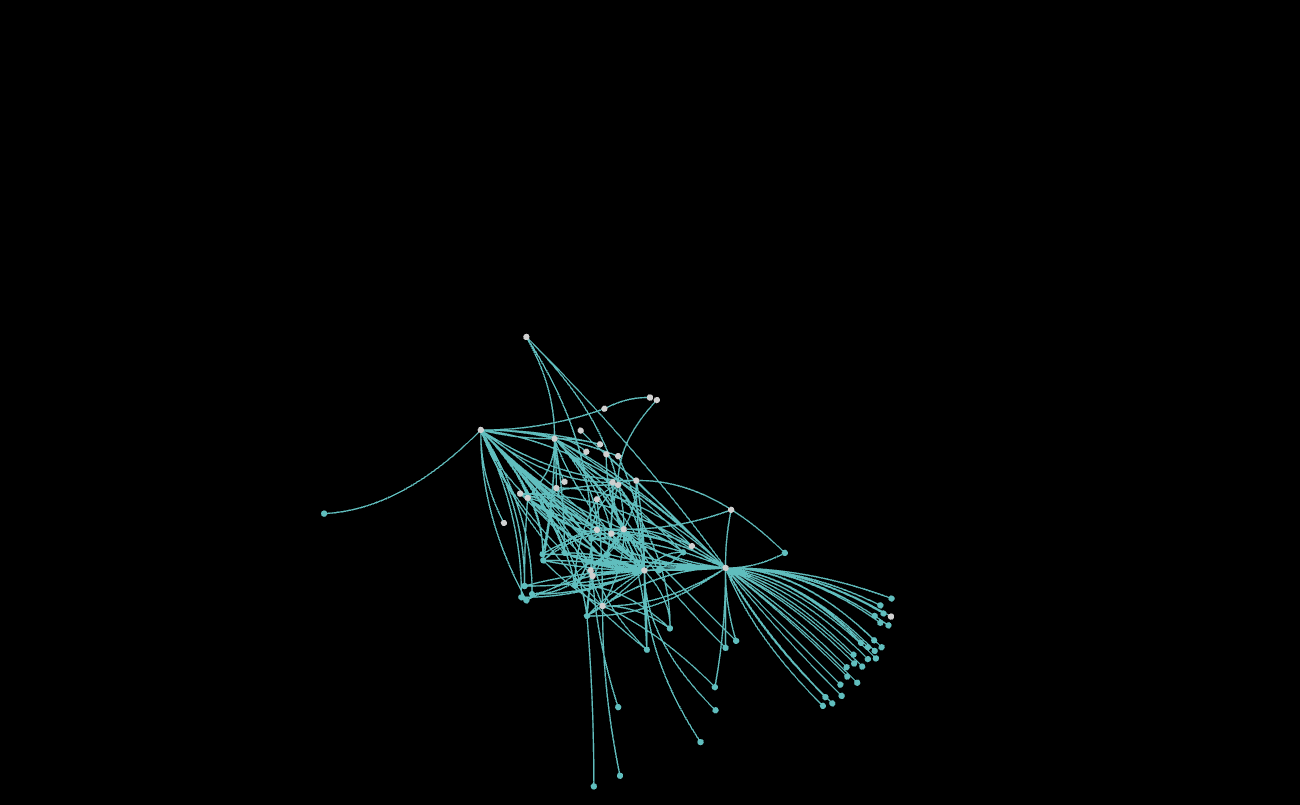![]()
Seven years ago, we started using an Internet platform to discuss system-wide issues that we found relevant. The idea was to welcome everyone to the conversation, but curate it so that it would be truth-oriented and respectful. The years went by, and the community got involved in more projects. More and more people joined in, more ideas were suggested and troubleshot, and all of it stayed on the various iteration of the platform, as a sort of collective memory.
I like to think of online communities like Edgeryders as engines of knowledge and information processing. Questions and data go in, some kind of response comes out that was not obvious by looking at the input. This is functionally not so different from pattern-reading in large masses of data by algorithms (“artificial intelligence”). But of course, the differences are there. The three most important ones:
- Collective intelligence is powered by humans instead of machines. It seeks to re-use the rich experience and information of individual humans, combining it in a common effort.
- It aims at sensemaking instead of computing probabilities. It deals well with open questions: what is important in the present landscape? What should be looking at? And why, what does it mean? How should we react? And so on.
- It accepts as input rich experiential data rather than big numerical data. As any anthropologist would tell you, there is knowledge to be extracted from human experience, and it is there in ultracompressed form: stories, narratives, case studies and so on.
The whole process works by facilitating interaction. The Edgeryders forum puts people within line of sight of each other, and tries to increase their interactions with one another. As they interact, they uncover and quesiton assumptions, compare notes, detect patterns and regularities. Collective intelligence is interactional, not additive.
What do people think? @soenke, is this close to what you mean by “collective intelligence”?
The beauty of this process is that you can visualize it as a network of interaction. Indeed, this is what I want to do here.
But first, a few numbers. At the time of writing, the Edgeryders platform has just over 5,000 registered accounts. Of these accounts, 1,524 contributed content, authoring almost 50,000 posts in 8,000 topics, for a total of 6.7 million words, mostly in English (for reference, that’s 15 books the size of Tolkien’s The Lord of the Rings). The unique pairwise interactions – of the form “Alice replies to Bob”, where the pair “Alice and Bob” is counted as 1 even if Alice replied many times to Bob’s content: for simplicity, we can think of them as “relationships” – are over 7,000
And here it is:
This graph re-uses the platform’s categories color scheme (you can can see it in the home page. Red stands for Campfire, orange for Workspaces and so on. The graph’s edges take on the color of the category that the exchange their represent took place in. If Alice replied to Bob in the Campfire category, the edge connecting Alice to Bob is drawn in red. As for the nodes, those that are only active in one category also on the color of that category. Those that are active in more than one category are drawn in white. They serve a very important function: connect the different conversations happening around the various projects in Edgeryders, and transport information across them. There are many of them, 458, and this makes this interaction network quite cohesive. Many people could become inactive, and still the different parts of Edgeryders would maintain communication.
But the individual projects in Edgeryders are themselves quite cohesive. For example, the Internet of Humans project’s nodes and edges are not randomly distributed across the graph, but tend to radiate out from its center to its southeast:
The (much larger, for now) openvillage project lives radiates instead to the south and southwest:
Most white nodes, of course, tend to live in the center of the graph. They ensure redundant connectivity between the project. “Specialist” blue, green or orange nodes are only participating in one project. They tend to have fewer connections, and the rendering algorithm places them at the periphery of the graph.
In general, I think we have what looks a fairly balanced collective intelligence engine here. New project are launched all the time. They maintain their own structural cohesion, and this means you can participate in them without necessarily having to interact with the whole Edgeryders community. At the same time, a large minority of participants in Edgeryders do participate in more than one project. In so doing, they bring to the new ones the memory of the older ones. They can avoid duplication by pointing out to older content that is relevant to the newer context, and to their authors, who can then be invited to join the new project.
Additionally, the conversation network is quite cohesive. You could delete the most connected nodes: the result would the disconnection of some peripheral nodes, but the final result would look much like the original graph.



